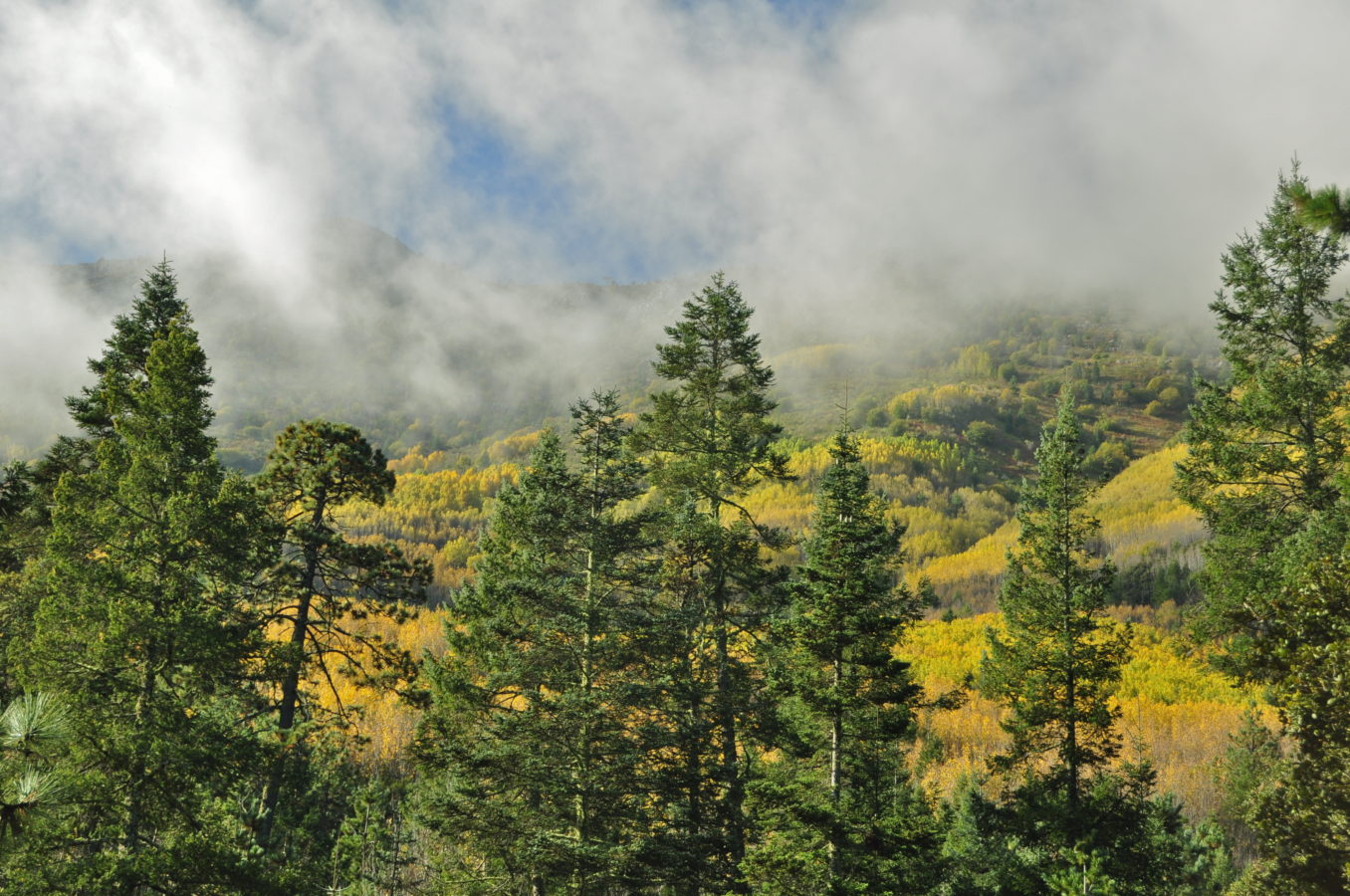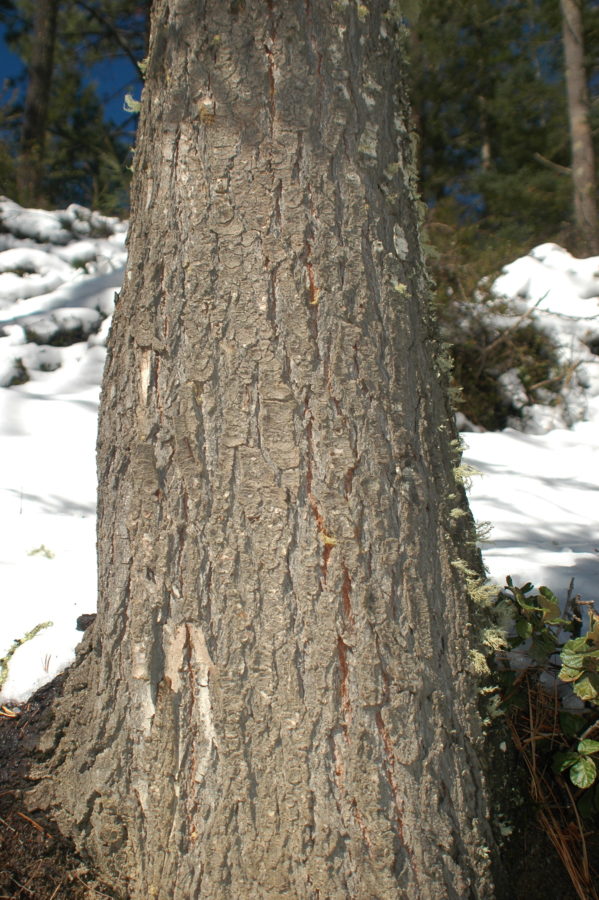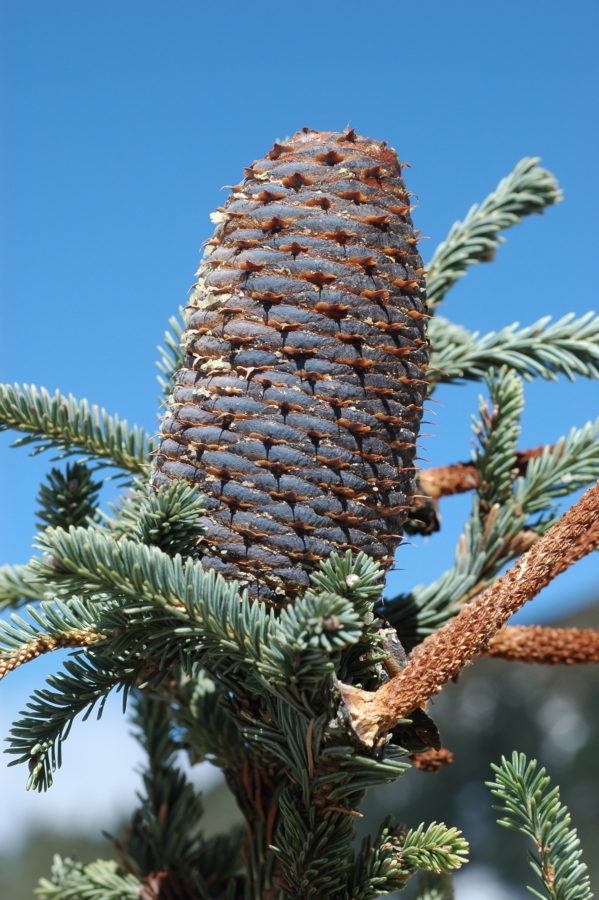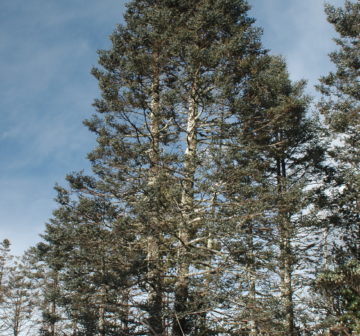Pinaceae
Abies vejarii
Endemic to northeast Mexico where it occurs on steep mountain slopes near the summits or in cool ravines. It is under threat by wildfires.
Description
Taxonomic Notes
Strandby et al. (2009) concluded that Abies vejarii and its various constituent infrataxa including A. zapotekensis are conspecific with A. religiosa, and they combined all of these as a new subspecies - Abies religiosa ssp. mexicana. There is no consensus on the taxonomy of Abies in southern Mexico and Guatemala and hence this new taxonomy is not followed here
Human Uses
This species and its infraspecific taxa are relatively rare trees with limited distribution, consequently their importance as timber trees is negligible. The species (including its infraspecific taxa) has been introduced to cultivation in the USA and Europe, but it remains restricted to arboreta and other plant collections despite its attractiveness and suitability especially in regions with warm summers and mild, wet winters. Cultivation from wild origin seed of var. mexicana would under appropriate circumstances contribute to ex situ conservation of this threatened taxon.
References and further reading
- Farjon, A. 2010. Conifer Database (June 2008) In Species 2000 & ITIS Catalogue of Life: 2010 Annual Checklist (Bisby F.A., Roskov Y.R., Orrell T.M., Nicolson D., Paglinawan L.E., Bailly N., Kirk P.M., Bourgoin T., Baillargeon G., eds). Reading, UK. Available at: http://www.catalogueoflife.org/.
- Farjon, A. 2010. A Handbook of the World's Conifers. Koninklijke Brill, Leiden.IUCN. 2013. IUCN Red List of Threatened Species (ver. 2013.1). Available at: http://www.iucnredlist.org. (Accessed: 12 June 2013).
- Strandby, U., Cristensen, K. and Sørensen, M. 2009. A morphometric study of the Abies religiosa–hickelii–guatemalensis complex (Pinaceae) in Guatemala and Mexico. Plant Systematics and Evolution 260: 59-76.







